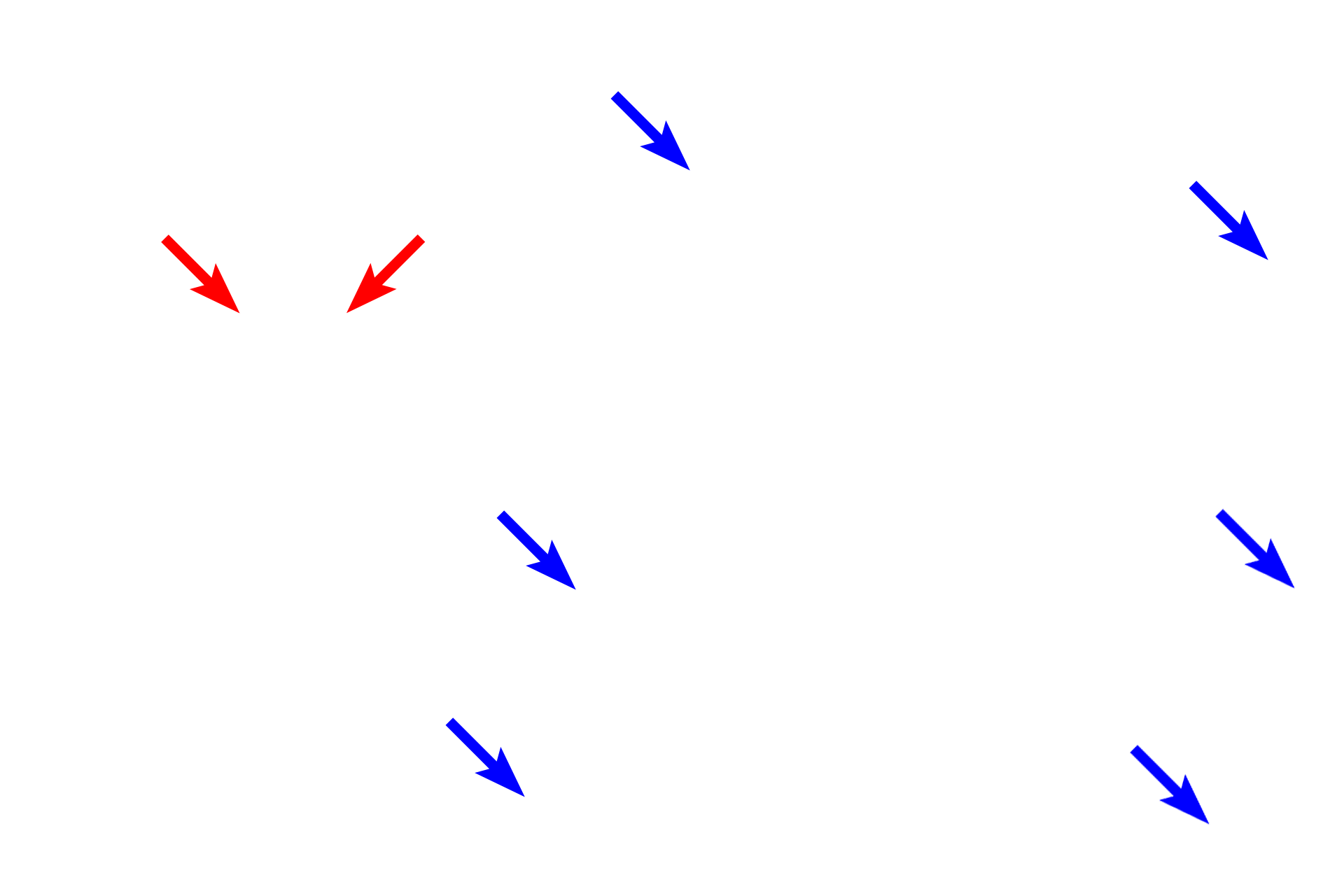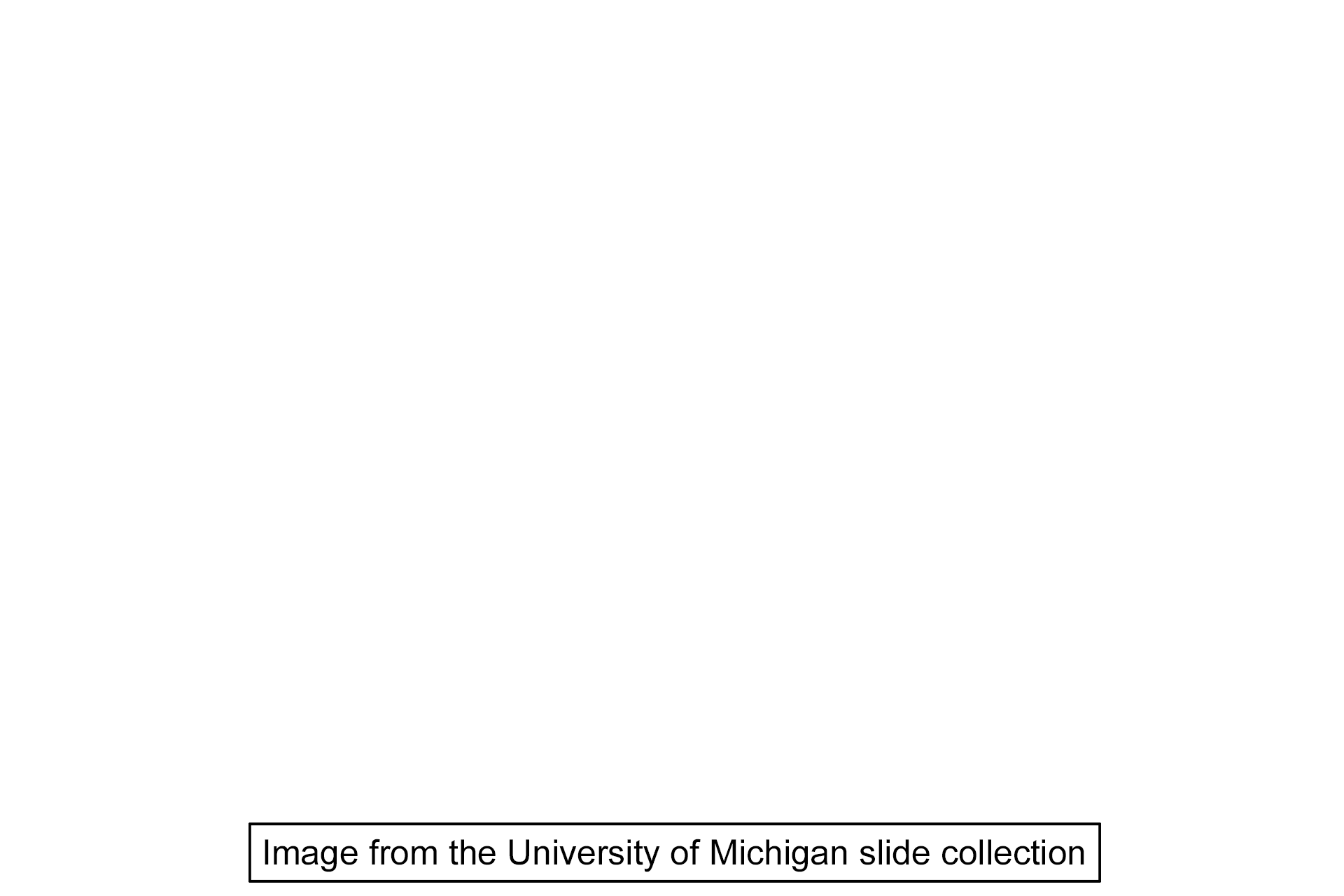
Mucosal and serosal membranes
The small intestine is an organ that eventually opens to the exterior of the body; therefore, its lumen is lined by a mucosal membrane or mucosa. Because this portion of the small intestine also protrudes into the peritoneal cavity, an internal cavity that does not open to the exterior, the outer surface of the organ is covered by a serosal membrane or serosa. 40x

Area shown in micrograph
The small intestine is an organ that eventually opens to the exterior of the body; therefore, its lumen is lined by a mucosal membrane or mucosa. Because this portion of the small intestine also protrudes into the peritoneal cavity, an internal cavity that does not open to the exterior, the outer surface of the organ is covered by a serosal membrane or serosa. 40x

Mucosa
The small intestine is an organ that eventually opens to the exterior of the body; therefore, its lumen is lined by a mucosal membrane or mucosa. Because this portion of the small intestine also protrudes into the peritoneal cavity, an internal cavity that does not open to the exterior, the outer surface of the organ is covered by a serosal membrane or serosa. 40x

Serosa
The small intestine is an organ that eventually opens to the exterior of the body; therefore, its lumen is lined by a mucosal membrane or mucosa. Because this portion of the small intestine also protrudes into the peritoneal cavity, an internal cavity that does not open to the exterior, the outer surface of the organ is covered by a serosal membrane or serosa. 40x

Peritoneal cavity >
The peritoneal cavity in the abdomen is one of the three internal body cavities and is the one into which many organs of the digestive system protrude. The other internal body cavities are the pleural cavities, into which the lungs protrude, and the pericardial cavity, which surrounds the heart.

Mesentery >
A mesentery suspends several digestive organs into the peritoneal cavity from the dorsal body wall. A mesentery consists of two apposed serosal layers and the intervening connective tissue. Therefore, most of this small intestine is surrounded by a serosa.

Adventitia >
Most of this small intestine is surrounded by a serosa, but beneath the connective tissue of the mesentery, a relatively small area of the intestine would possess a connective tissue adventitia and lack the serosal epithelium.

Lumen >
The lumen is the canal, or cavity, of a hollow organ.

Image source >
Image taken from a slide in the University of Michigan collection.
 PREVIOUS
PREVIOUS